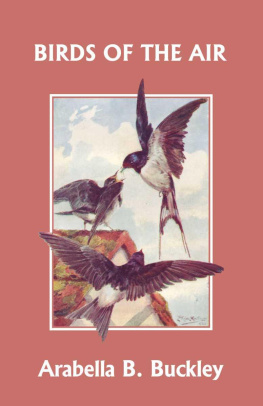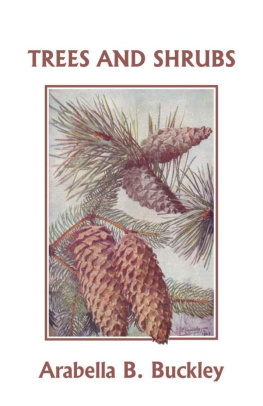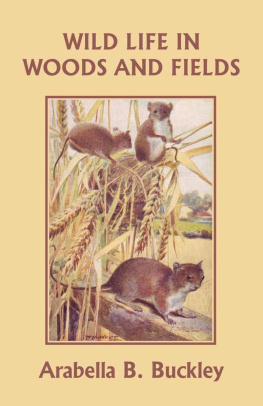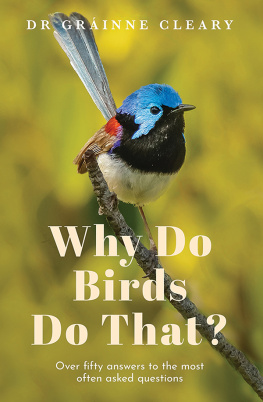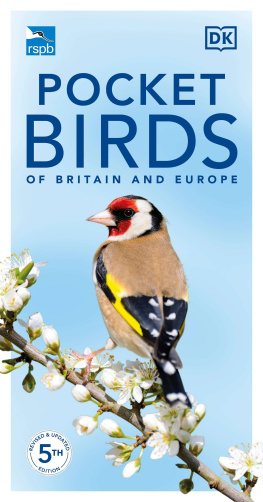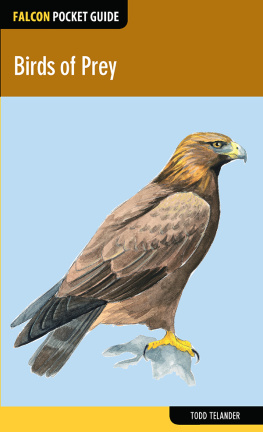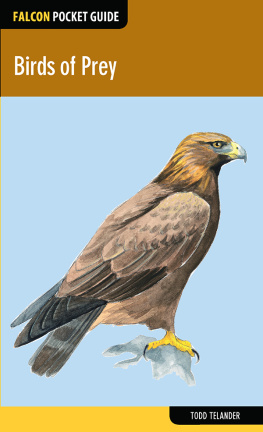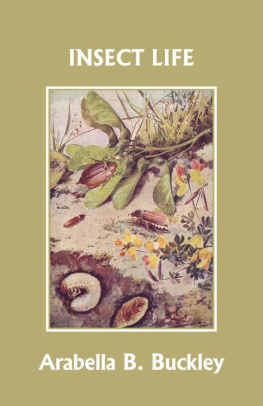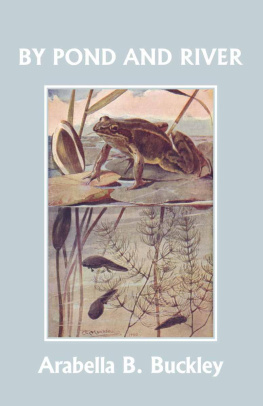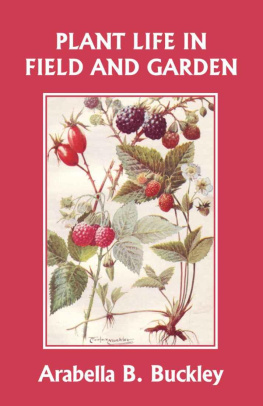Birds of the Air
by
Arabella Buckley
Yesterday's Classics
Chapel Hill, North Carolina
Cover and Arrangement 2010 Yesterday's Classics, LLC
All rights reserved. No part of this book may be reproduced or retransmitted in any form or by any means without the written permission of the publisher.
This edition, first published in 2010 by Yesterday's Classics, an imprint of Yesterday's Classics, LLC, is an unabridged republication of the work originally published by Cassell and Company, Ltd. in 1901. This title is available in a print edition (ISBN 978-1-59915-274-5).
Yesterday's Classics, LLC
PO Box 3418
Chapel Hill, NC 27515
Yesterday's Classics
Yesterday's Classics republishes classic books for children from the golden age of children's literature, the era from 1880 to 1920. Many of our titles are offered in high-quality paperback editions, with text cast in modern easy-to-read type for today's readers. The illustrations from the original volumes are included except in those few cases where the quality of the original images is too low to make their reproduction feasible. Unless specified otherwise, color illustrations in the original volumes are rendered in black and white in our print editions.
Contents
CHAPTER I
Birds We Know
I WONDER how many birds you know by sight, and what you could tell about their nests and their lives?
There are between three and four hundred different British birds, and very few people know them all. But in any one place there are not more common birds than you could learn in a year. You can look for the rare ones afterwards.
The best way to begin is to write down those you are sure about, and say how you recognise them. You cannot mistake a Robin, with his red breast, his plump little body, and his brown wings. The mother robin's breast is not quite so red, and the young have no red at all. But when you have seen them with the cock-robin, you will soon know them by their shape.
But a Chaffinch has a red breast. How can you tell him from a robin? His breast is much browner than the robin's, and even at a distance you may know him by the white bands on his dark wings, and the yellow tips to some of his feathers. Then his body is longer, and he moves more gracefully than the robin, while his loud "pink, pink," if you go near his nest, will tell you at once what he is.
The Lark you know by his slender brown body and white speckled throat, and by the way he soars, as he sings his sweet song. The common green Woodpecker is easily known by his bright colours, his curious feet, and his stiff tail, which he uses to jerk himself up a tree. And though a Nuthatch also goes up a tree by jumps, you would never take him for a woodpecker, for he is no bigger than a sparrow, and he has a short tail and blue-grey wings and a dingy red breast.
Then you know the cooing Wood-pigeon, the chattering Magpie, the soaring Hawk and his hooked beak, and the downy Owl. And I daresay you could tell me of many more.
The birds you know best will most of them be with us all the year round. But not all. The Swifts fly away to the south in August, and the Swallows and the Martins follow in October. When they are gone the Fieldfares come from the north, and feed in flocks on the worms in the damp fields, and on the holly berries when the ground is hard with frost.
The Swallow and the House Martin are so alike that, as they come and go together, you might not know them apart, unless you remember that a Swallow has a blue-black collar across his breast, and that the fork of his tail is longer than that of the Martin. You may be busy all the year round watching the birds, seeing when they come and go, what food they eat, how they fly, whether they sing in the morning or evening, and where they build their nests.
Many farmers and gardeners shoot little birds because they eat their corn and peas and fruit. But a large number of birds feed chiefly on insects. You ought to know which these are, for they are very useful in clearing away earwigs and caterpillars, as well as slugs and snails. If you look out early some morning and see a Thrush tapping a snail-shell against a stone to get at the snail, you will say he is a good gardener. You will not grudge him a little fruit in the summer.
Then there are the nests and the young birds to watch. You need not take the nests, nor rob the birds of their eggs. You will learn much more by pulling back the leaves and the twigs, and peeping gently into the nest. For then you can come another day and watch when the eggs hatch, and how the young birds grow. If you are careful not to disturb the bush nor touch the eggs, the mother will not desert them. Last year a pair of Thrushes built their nest in a hedge by the side of a path where people were always passing. But though I went often to look at it, the mother brought up all her four little ones. She would even sit still on the nest when I peeped in, while her mate sang on a tree close by.
Point out and describe six birds common in the neighbourhood.
CHAPTER II
The Song of Birds
B IRDS sing when they are happy, and cry out when they are frightened, just as children do. Only they have songs and cries of their own. You can always tell when the little song-birds are happy, for each one trills out his joyous notes as he sits on a branch of a tree, or the top of a hedge.
In the early morning of the spring, you will hear singing in the garden almost before it is light. First there is a little chirping and twittering, as if the birds were saying "good-morning" and preparing their throats. Then, as the sun rises, there comes a burst of song.
Robins, Thrushes, Blackbirds, Chaffinches, and Wrens whistle away merrily, and many other little birds join in. While they are all singing together, it is not easy to tell one song from another, though the Thrush sings loudest and clearest of all.
Then they fly away to their breakfast and, as the day goes on, you hear one or two at a time. So you can listen to the notes of each song, and if you go near very quietly, you can see the throat of the bird swelling and quivering as he works the little voice-chords inside, which make the notes.
It is not easy to write down what a bird sings, for it is like whistlingthere are no words in it. But people often try to imitate their songs in words. Listen to the Thrush. You can fancy he says "cherry-tree, cherry-tree, cherry-tree" three times. Then, after some other notes, he sings "hurry-up, hurry-up," and "go-it, go-it." For the thrush has a great many notes.
The pretty Yellowhammer, with its bright yellow head, sings "a little bit of bread, and no che-e-s-e." The Chiff-chaff calls "chiff-chaff, chiff-chaff" quite distinctly. Any child can imitate the cuckoo, or the coo-oo-oo of the wood-pigeon.
As the days grow hotter, the birds sing less. They sit on the branches of the trees, or on the hedges under the shade of the leaves, or hop about in the wood.
Then when the evening comes, and long shadows creep over the grass, each bird looks out for his supper. When he is satisfied he sings his evening song of content, before he goes to sleep.
What a concert it is! Finches, tomtits, sparrows, wrens, robins, and chaffinches all singing at once. And above them all, come the song of the thrushes and blackbirds, the cooing of the wood-pigeon and the caw-caw of the rooks as they fly home from the fields. As the thrushes were the first to begin in the morning, except the lark, so they are the last to leave off at night, and often one thrush will go on long after all the others are quiet.

